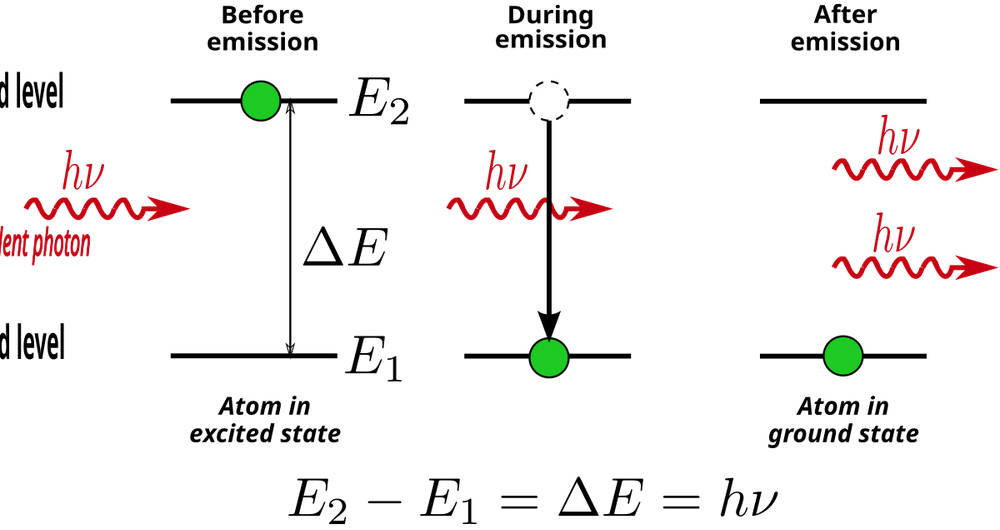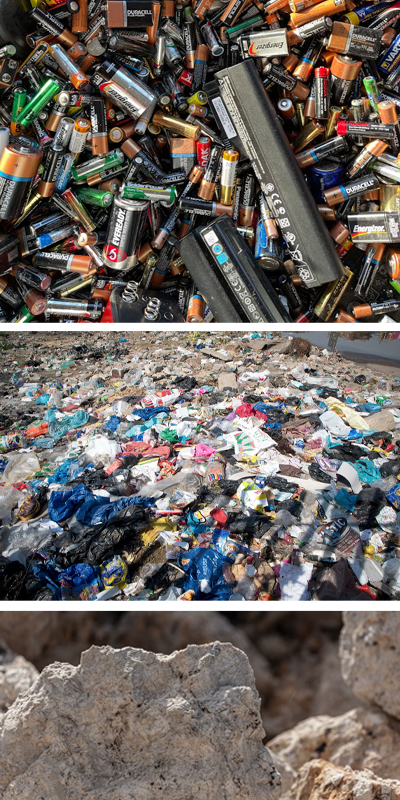Lithium Battery Laser Sorting Machine
Plastic Laser Sorting Machine
Electronic Waste Laser Sorter
Metal Scrap Laser Sorting Machine
Lithium Ore Laser Sorter
Ore Laser Sorting Machine
AI Laser Sorting Machine
What is a Laser Sorter?
A Laser Sorter is a precision-based sorting machine that utilizes advanced laser technology to identify and separate materials based on their unique physical and chemical properties. Unlike traditional color sorters, laser sorters can detect differences in molecular composition, making them ideal for complex sorting tasks where visual color differences are minimal or non-existent. These machines are widely used in industries like recycling, mining, and battery production where material purity and efficiency are critical.
Laser sorters represent the next generation of sorting technology, combining high-speed processing with unparalleled accuracy. They can distinguish between materials with similar appearances but different compositions, such as various types of plastics or metal alloys. This capability makes them indispensable in modern waste management and resource recovery operations, where they contribute significantly to circular economy initiatives.

How Laser Sorter Works
1 Material Feeding
Products enter through high-speed conveyor systems precisely calibrated for optimal throughput and particle distribution in the detection zone.
2 Laser Detection
Precision lasers emit specific wavelengths to create detailed material "fingerprints" far beyond color recognition, with sensors analyzing reflected signals.
3 Intelligent Analysis
Advanced processing units make real-time classification decisions by comparing laser reflections against comprehensive material libraries.
4 Precision Ejection
Microsecond-timed air jets remove target materials at speeds processing thousands of particles per minute with exceptional accuracy.
The operation of a laser sorter begins with material feeding onto a high-speed conveyor system. As materials pass through the detection zone, high-precision lasers emit specific wavelengths that interact differently with various materials. Sophisticated sensors analyze the reflected laser signals to identify the unique "fingerprint" of each particle, creating a detailed material profile that goes far beyond simple color recognition.
Once identification is complete, the system's intelligent processing unit makes real-time decisions about material classification. The sorter then uses precisely timed air jets to eject target materials from the product stream into separate collection bins. This entire process happens at remarkable speeds, with modern laser sorters capable of processing thousands of particles per minute while maintaining exceptional accuracy levels.
Application Scenarios for Laser Sorter
Laser sorters have transformed material processing across numerous industries. In battery recycling, they precisely separate different lithium compounds that are visually indistinguishable. The plastic recycling industry uses them to sort polymer types with identical colors but different chemical compositions. For electronic waste processing, laser sorters can identify and separate various metals and components that would be impossible to distinguish otherwise.
In mining operations, these machines provide mineralogical sorting capabilities that were previously only possible in laboratory settings. The food industry employs specialized laser sorters to detect and remove foreign materials that might pose health risks. As sustainability demands grow, laser sorting technology is becoming increasingly vital for maximizing resource recovery and minimizing waste across all these sectors.
Purchasing Guide
When selecting a laser sorter, consider both current needs and future requirements. Processing capacity should match your expected material throughput with some room for growth. Pay particular attention to the machine's ability to handle your specific material characteristics - size range, moisture content, and flow characteristics all affect performance. Evaluate the software's capabilities, especially its ability to learn new material signatures as your needs evolve.
Service and support are equally important considerations. Look for manufacturers with proven track records in your industry and accessible technical support. The availability of spare parts and local service technicians can significantly impact your operational continuity. Energy efficiency should also factor into your decision, as this affects long-term operating costs alongside maintenance requirements and expected machine lifespan.
Maintenance Guide
Regular maintenance is crucial for maintaining laser sorter performance at optimal levels. Daily cleaning of optical components prevents material dust from affecting detection accuracy. Laser sources require periodic calibration according to manufacturer specifications to ensure consistent performance. The compressed air system needs regular inspection to maintain proper ejection force and timing.
Develop a comprehensive maintenance schedule that includes all mechanical, optical, and electronic components. Keep detailed records of all maintenance activities and performance metrics to identify potential issues before they cause downtime. Operator training is equally important - well-trained personnel can spot early warning signs and perform basic troubleshooting, significantly reducing repair costs and downtime.

Core Features and Advantages of Laser Sorter
Laser sorters offer several groundbreaking capabilities that set them apart from conventional sorting methods. Their ability to detect material composition rather than just surface characteristics enables them to distinguish between materials that appear identical to the human eye or traditional optical sensors. This results in significantly higher purity rates in sorted materials, often exceeding 99% accuracy in optimal conditions.
Another major advantage is their adaptability to various material streams without requiring physical adjustments to the equipment. Through software adjustments, the same laser sorter can be reconfigured to handle different materials, from lithium batteries to electronic waste. This flexibility, combined with their high processing speeds and low maintenance requirements, makes laser sorters a cost-effective solution despite their initial investment cost.
Material Composition Analysis
Laser technology identifies internal material properties beyond surface appearance, achieving 99%+ accuracy in distinguishing visually identical items.
Software-Defined Sorting
Instant reconfiguration via software allows handling diverse materials from lithium batteries to e-waste without mechanical adjustments.
High-Speed Processing
Maintains industry-leading throughput while performing complex material analysis, processing thousands of items per minute.
Low Maintenance Operation
Contactless technology reduces wear parts, offering higher uptime and lower lifetime costs than mechanical sorters.
Technical Specifications of Laser Sorter
Modern laser sorters typically feature high-power laser sources with wavelength ranges specifically selected for the target materials. They incorporate advanced hyperspectral imaging systems that can capture detailed material signatures across multiple spectral bands simultaneously. Processing speeds vary by model but generally range from 3 to 10 tons per hour depending on material density and sorting complexity.
The precision of these machines is remarkable, with ejection accuracy measured in milliseconds and spatial resolution down to 1mm for some applications. They are equipped with industrial-grade computing systems capable of performing complex material analysis in real time, often incorporating artificial intelligence to improve sorting decisions through continuous learning from the material stream.